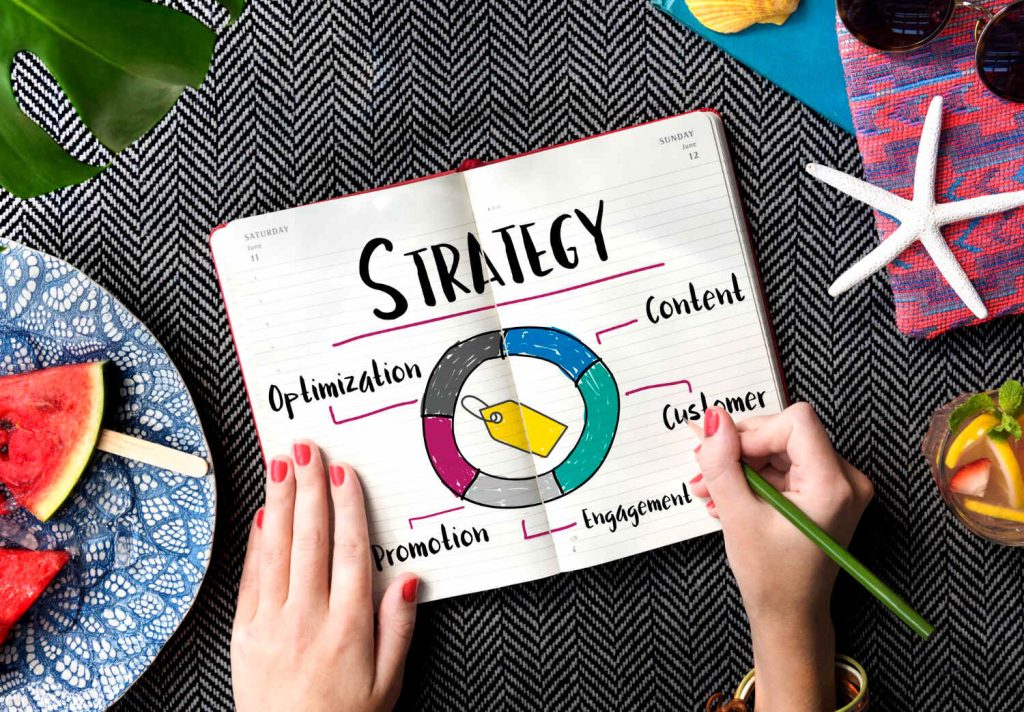Relationship marketing focuses on building long-term relationships with customers instead of shorter-term objectives like customer acquisition and sales. With traditional, transactional marketing, a customer may choose a brand once, but they may not remain loyal to the business in the future.
Instead, they’ll research their options every time they need to buy a similar product. On the other hand, when you work to improve customer interactions with your company, you can encourage customer loyalty and keep people coming back to your business. Relationship marketing aims to cultivate two-way communication and can also help you track customer activities and provide customized information based on interactions.
For relationship marketing to be successful, you need to learn everything you can about your customers and work to add value to every interaction they have with your business. Creating strong connections to your brand and mission can lead to free word-of-mouth promotion and ongoing business.
Why is relationship marketing important?
Acquiring new customers is an expensive undertaking for any business. You have to earn their attention, deliver a convincing pitch, and ultimately close the sale. This can cost as between five to ten times more than selling to an existing customer. If you’re like most businesses, you’re probably not working with an unlimited budget.
At the same time, it can be difficult to sustain business growth if you’re not adding to your customer base. Using relationship marketing, you can increase customer retention and brand loyalty, keeping your customer acquisition costs as low as possible.
So, if your convinced that relationship marketing is important, let’s look at some strategies that will help keep your customers coming back for more.
1. Understand your customers and provide information that’s valuable to them
This point should go without saying, but before you can implement a successful marketing campaign, you have to research your customers. Take time to understand their needs and interests and use that knowledge to provide information that’s valuable to them. For example, you will need to determine the best format to deliver your content.
To help you make this decision, you can evaluate which type of content your audience is most likely to consume and which medium will help you get your message across with the most impact. While some people would rather read a blog post or marketing guide, others prefer watching videos or listening to podcasts. It is also essential that your content itself answers your audiences’ question; “What’s In It For Me?“ Ideally your content should educate them and leave them feeling glad that they committed the time to reading or watching it.

Include vivid examples in your content and see if you can use data to demonstrate impact. This is one reason why infographics are so popular. They combine words, graphics, and data to make it easier for people to understand the point you’re trying to convey. To best reach your readers, you will also need to understand and use the right tone. Does your audience like humour or are they more serious-minded?
When your readers feel like they have a vested interest in your content, they will be more likely to interact with your posts and share them online. Unless you truly grasp the needs of your customers, it will be hard to create a campaign that resonates with them and encourages customer loyalty.
Join the NoLimits Business Community
Are you a business owner looking to take your business to the next level? Join our innovative community of like-minded professionals and gain access to a wealth of valuable resources, including a community portal to chat with other business owners, ebooks, business development software, and growth events that will transform the way you do business. Best of all, these resources are completely free and will be available to you forever.
But the benefits of joining our NoLimits business community don’t stop there. By becoming part of our community, you’ll have the opportunity to connect with other business owners, share insights and ideas, and build valuable relationships that will help your business thrive. Don’t miss out on this amazing opportunity to supercharge your business and join us today!
2. Build a strong brand identity
If you want people to get excited about your brand, you have to first create a strong brand identity. What makes your company different from your competitors? Why should people buy your products and services instead of looking elsewhere? What is your USP?
You have to make it easy for customers to identify your brand, and give them a reason to prefer your business. This starts with your basic branding elements, like your logo and slogan, and should include your unique selling proposition. How is your business, or your products or services, different to others on the market?
3. Follow up with customers after sales

After a customer buys a product or service from your company, it’s important that you follow up to make sure they are satisfied with their experience. You can ask them to give feedback in the form of surveys or reviews, and make sure that if their experience wasn’t a positive one, you make an effort to remedy that immediately. You can provide additional information about products that may complement their purchases.
Regardless of the exact approach you take when following up with customers, it’s important that your company maintains a genuine attitude. Make an effort to respond to customer feedback, and implement solutions that will lead to a better overall experience with your company.
4. Send email updates
You can also keep in contact with customers via email newsletters. Again, educate your customers. If the content isn’t relevant they may not read it again. In your newsletters, you can provide updates about your company, as well as offer special promotions for existing customers. This can keep people engaged with your business and encourage them to keep coming back in the future. For example, restaurants and other retailers can email exclusive coupons to customers and encourage them to come back again and receive a discount.
5. Reward loyal customers
People like rewards, and they like being recognized for customer loyalty. Give your customers a reason to keep coming back and reward them for frequent purchases. It will keep your stores filled with shoppers and your shelves in constant need of restocking.
6. Ask for feedback…and take necessary steps for improvement
You should always give your customers the opportunity to leave feedback and rate their experience with your company. For instance, if you own an ecommerce store, you can direct people to rate their experience after they make a purchase. Ask for ratings on both the product itself, as well as the overall buying experience.
This will help your business to gain valuable feedback about what you’re doing well and areas where you can improve. It’s important that your business remains open to both positive and negative feedback. If someone has a bad experience with your company, you need to take the appropriate steps to earn back their business.
Demonstrate to your customers that you truly care about them and are willing to go the extra mile to ensure that they have positive experiences with your company.
7. Arrange periodic calls with customers
If you provide a specific service or operate on a B2B model, you can also schedule periodic calls with your customers. One-on-one conversations help you learn more about their businesses and their expectations working with your company. This will allow you to gain insight into how you can tailor your communication and offerings to meet their individual needs.

In Conclusion
When customers feel understood and you make an effort to accommodate them, they will be more likely to want to work with you in the future. It’s important to note that relationship selling becomes more important when you’re dealing with long sales cycles, complex solutions and expensive products, as these generally require higher levels of trust and stronger relationships. This also applies when you’re selling services that rely on repeat custom or ongoing commitments, such as SaaS solutions, membership sites and other subscription-based services.
By taking the time to build stronger relationships with your prospects and customers, you’ll also stand out from the competition. Rather than trying to compete on pricing or features, relationship selling is its own differentiator. This is great for attracting new customers (including by referral) as well as retaining existing ones, in turn leading to increased customer lifetime value (CLTV) and reduced churn.
By Justin Charlton
Join the NoLimits Business Community
Are you a business owner looking to take your business to the next level? Join our innovative community of like-minded professionals and gain access to a wealth of valuable resources, including a community portal to chat with other business owners, ebooks, business development software, and growth events that will transform the way you do business. Best of all, these resources are completely free and will be available to you forever.
But the benefits of joining our NoLimits business community don’t stop there. By becoming part of our community, you’ll have the opportunity to connect with other business owners, share insights and ideas, and build valuable relationships that will help your business thrive. Don’t miss out on this amazing opportunity to supercharge your business and join us today!

